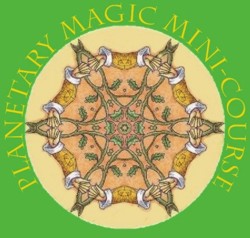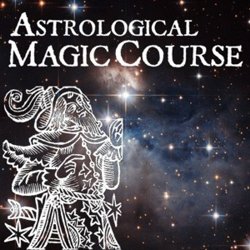So we follow the Chaldean order, from Venus
(2nd hour of Sunday) to Mercury (3rd hour of Sunday) to the Moon (4th hour of Sunday),
to Saturn (5th hour of Sunday), etc., etc, until we get to the medium size glyph of
Saturn in the inner circle (12th hour of Sunday). Saturn is the ruler of the
last hour of daylight on Sunday which ends with sunset.
Staying in the inner
circle keep going up from Saturn to Jupiter (the 1st hour of Sunday night,
beginning with sunset) up to Mars (2nd hour of Sunday night) and then leave
the inner circle heading in a straight line to the large Moon glyph, keeping
in the Chaldean order by going to the Sun (3rd hour of the night).
We then
continue into the circle around the Moon glyph until we reach Mercury which
is the ruler of the 12th hour of Sunday night and thus the ruler of the 24th
hour of the whole planetary day of Sunday. Therefore we see that the next
planetary ruler in the Chaldean order is the Moon, the ruler of the first
hour of Monday. By following the diagram in the Chaldean order we can see
the interaction of the planetary hours and the names and sequence of the days
throughout the week.
Figure Two shows how the sequence of the planetary hours
in the Chaldean order and the rulership of the planetary day by the first
planetary hour ruler produces the order and names of the days of the week.
Thus we can see that the order and names of the days of the week are not
merely conventional, but part of an ancient natural and highly ordered
astrological system.
This is just scratching the surface of an incredibly inherent order. For even more information on the Chaldean Order, the planetary days, hours, plus the planetary minutes and seconds, check out the Third Planetary Order page, which details my discovery of three basic ordering sequences based on the number 7, which are the Chaldean Order, the days of the week sequence, and the amazing Third Planetary Order!
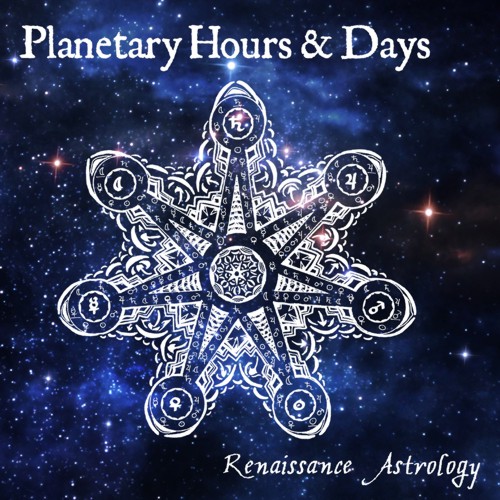










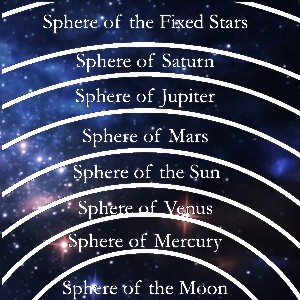
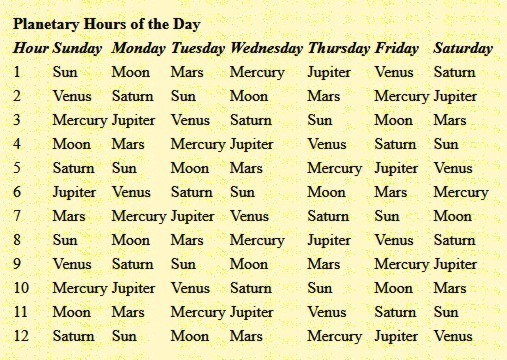
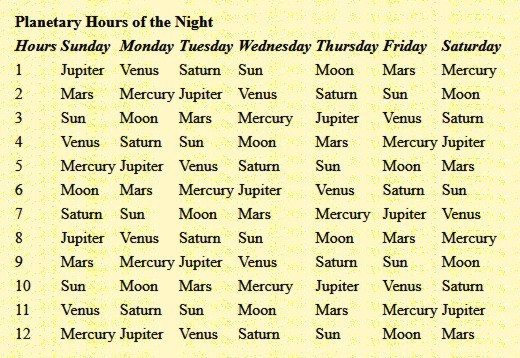
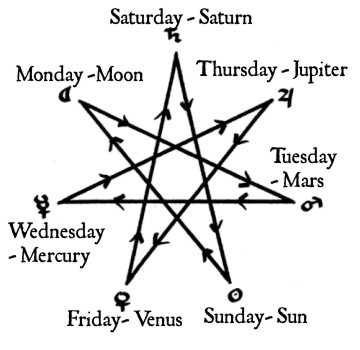 Figure One - Heptagram of the Week
Figure One - Heptagram of the Week
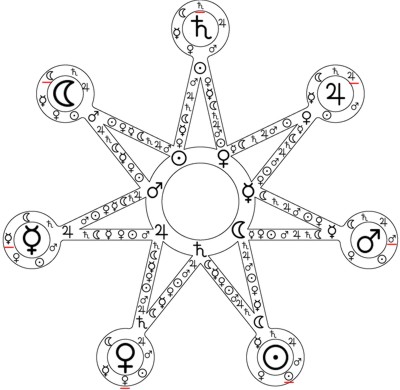 Figure Two - Planetary Hour Heptagram
Figure Two - Planetary Hour Heptagram
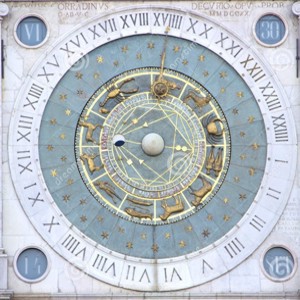
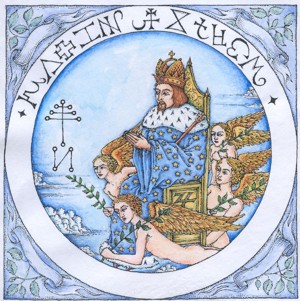 Jupiter Talisman Design
Jupiter Talisman Design
